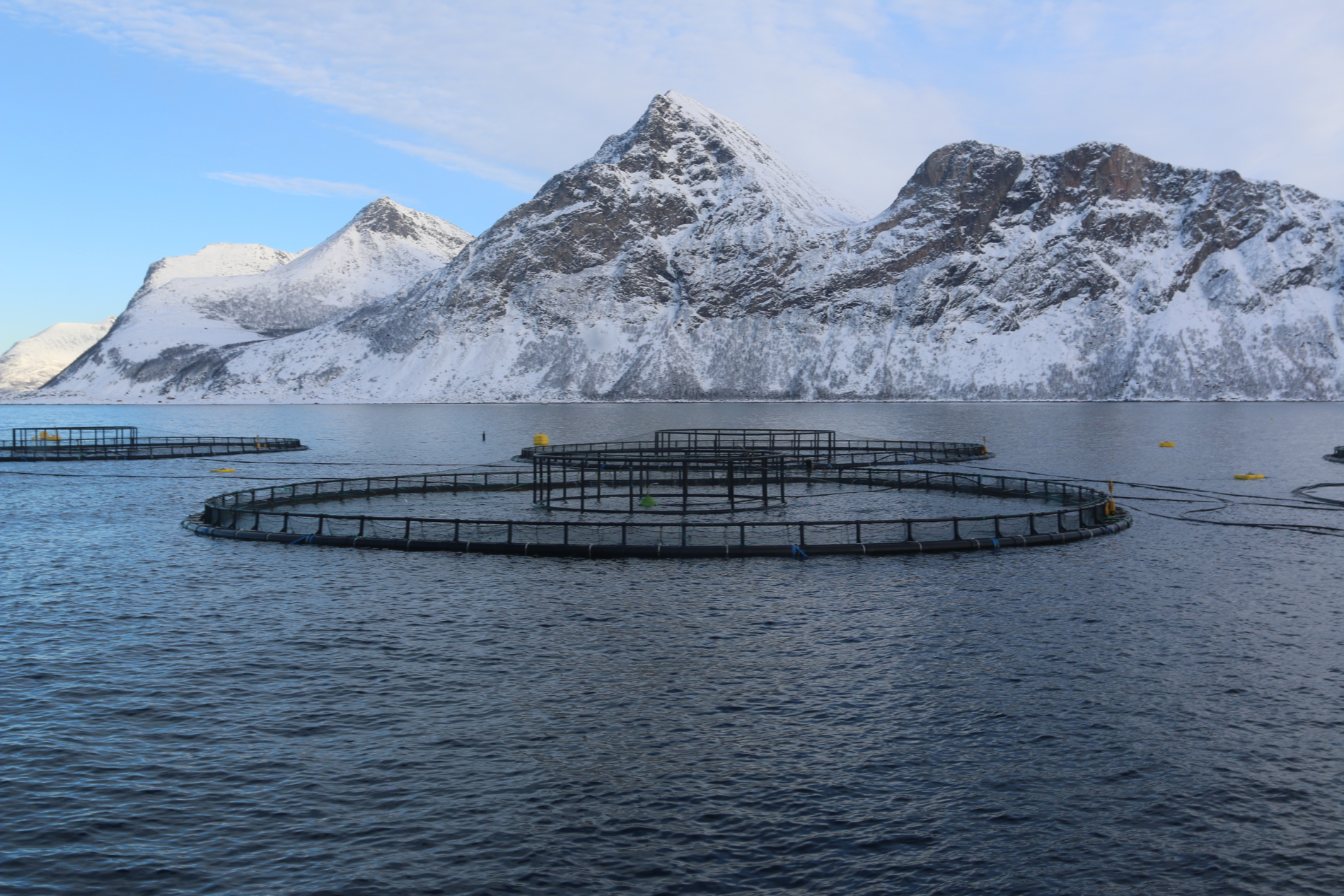That we need to produce more food from the sea has essentially become a mantra. But producing more food from the sea will not in itself still the hunger of a growing world population.
“We also need better, more equitable distribution of the world’s total income.”
This opinion was expressed by Kalle Moene, professor at the University of Oslo, when he guested the podcast Kystpuls along with Olav-Andreas Ervik from SalMar Ocean and Angelita Eriksen from Lofoten Seaweed.
Challenging established truths
The argument “We need more food from the sea so we can feed the world’s growing population” is frequently used by the seafood industry and politicians, but overlooks a more central – and less sexy – aspect, namely distribution.
“The world needs more food, and the oceans are an underutilised resource relative to their vast potential. Still, those who are most in need of food are also those with least purchasing power and lowest ability to drive consumer demand. That means we can’t simply produce more food and get it sold, unless we also redistribute income between countries and between groups within individual countries,” says Professor Kalle Moene.
He believes that we must also stimulate local food production, if we are to achieve food security for a larger proportion of the world’s growing population.
“This is where Norway could contribute by sharing our knowledge and experience about fisheries,” says Moene.
A smaller climate and environmental footprint
At the same time, there are other reasons to make more use of marine food resources than we do at present. According to Olav-Andreas Ervik, general manager of SalMar Ocean, farmed salmon is one of our most sustainable sources of protein.
“Salmon has a low feed factor relative to its high yield. Compared to other protein sources, you get more edible food out of a kilogramme of salmon. In addition, a salmon farm’s freshwater consumption is low, and since salmon is a cold-blooded species, its greenhouse gas emissions are low. Taken together, this spells efficient food production with low impact on climate and the environment,” he says.
Ervik is optimistic about the possibility of producing more salmon in the future, for instance by moving aquaculture farther out to sea. But a few challenges remain to be solved.
“In some places we’ve had large infestations of salmon lice; we’ve experienced events that affect fish survival; and farmed fish have occasionally escaped. But at the same time, we have used and continued to use these events as lessons to guide future development, so we continually get better. Repositioning fish farms farther out would address several of these challenges.
Seaweed on your plate
If we wish to increase food production in the sea, we must also start consuming species that are new and unfamiliar to most people. Angelita Eriksen, founder of Lofoten Seaweed, resigned from a steady job in Oslo, returned to her roots in Napp, and began harvesting seaweed and kelp. She is convinced that growing this type of produce will become a major industry.
“Research funding for a total of millions is being invested in development of new technology,” says Eriksen. “Meanwhile, Norway’s total area at sea is considerably larger than its land area, so there’s plenty of space. As I see it, the kelp industry is still just starting out, but has a lot of potential.”
Eriksen says many are pleasantly surprised by how good kelp and seaweed taste. Nonetheless, competing with established foods can be a challenge.
“Our challenge is fish. Norway’s food traditions are based on fish and Lofoten is at the heart of those traditions. It can be demanding to think innovatively and use new, unfamiliar ingredients from the sea,” says Eriksen.
The Kystpuls podcast
Kystpuls is produced in collaboration with Både Og, and is a dissemination initiative from Centre for the Ocean and the Arctic. Advisor Ida Folkestad Soltvedt has led the project and presents the podcast.
The podcast (in Norwegian) is available here: https://pod.space/kystpuls

